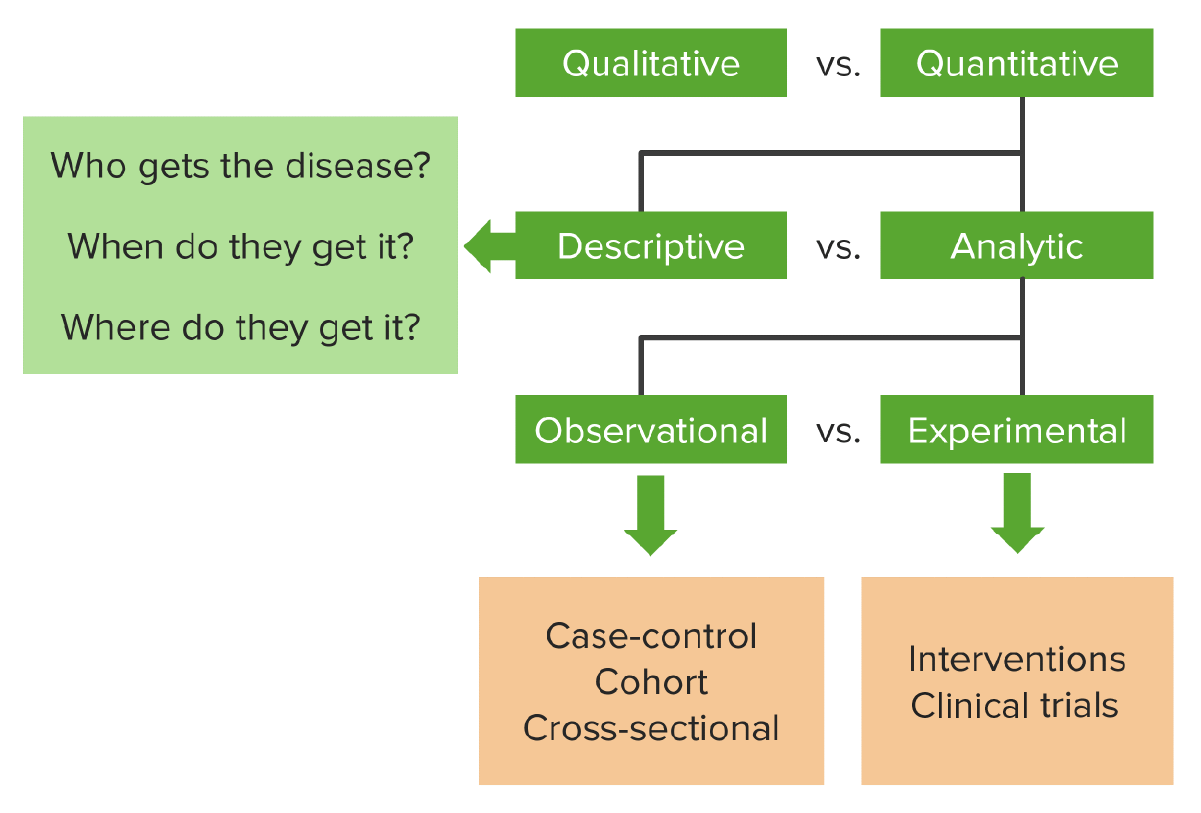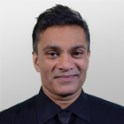Playlist
Show Playlist
Hide Playlist
Learning Outcomes – Epidemiology and Biostatistics
-
Slides 01 OverviewHistory Epidemiology.pdf
-
Reference List Epidemiology and Biostatistics.pdf
-
Download Lecture Overview
00:00 So what have we learned as a result of this lecture. Well you've learned the origins of epidemiology. You know that it began in England in the early 19th century with a bit of medical detective work by John Snow and since then it's evolved into a host of other realms, including clinical epidemiology and genetic epidemiology and population epidemiology and data science and all these other categories of epidemiology that may be you're interested in now. Now you can distinguish between descriptive and analytical studies, descriptive epidemiology you remember, is when we're describing a scenario, we care about the who, the what, the where and the when. Analytical studies is when we are drawing relationships between two variables. 00:44 And now you can identify the different types of epidemiologists, the clinical epidemiologist, the population epidemiologist and the public health epidemiologist.
About the Lecture
The lecture Learning Outcomes – Epidemiology and Biostatistics by Raywat Deonandan, PhD is from the course Epidemiology and Biostatistics: Introduction.
Included Quiz Questions
Which of the following is NOT the role of an epidemiologist?
- Using a test as a screening tool for a specific patient
- Deciding whether or not we can use a test in a specific context
- Determining if a study design adequately assesses the validity of a certain test
- Deciding whether or not a test is a viable screening tool for a specific condition
- Determining the specificity and sensitivity of a diagnostic test
Which of the following statements about epidemiology is INCORRECT?
- Epidemiology is the search for causative factors in disease incidence and progression.
- Epidemiology provides the means to discover associations between outcomes and exposures.
- Population epidemiologists are responsible for disease surveillance and interpret the data received from notifiable disease registries.
- Observational epidemiology is useful for understanding morbidity and mortality from diseases in a population.
- Epidemiology involves using an unbiased systematic approach to the collection, analysis, and interpretation of data.
Customer reviews
5,0 of 5 stars
| 5 Stars |
|
5 |
| 4 Stars |
|
0 |
| 3 Stars |
|
0 |
| 2 Stars |
|
0 |
| 1 Star |
|
0 |




